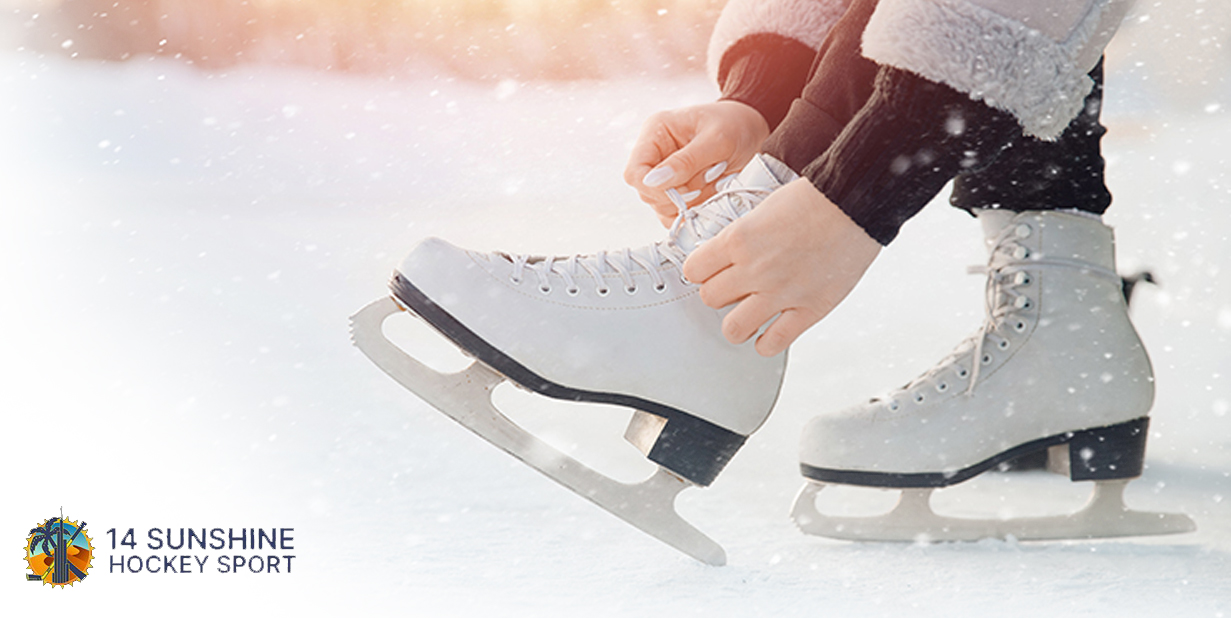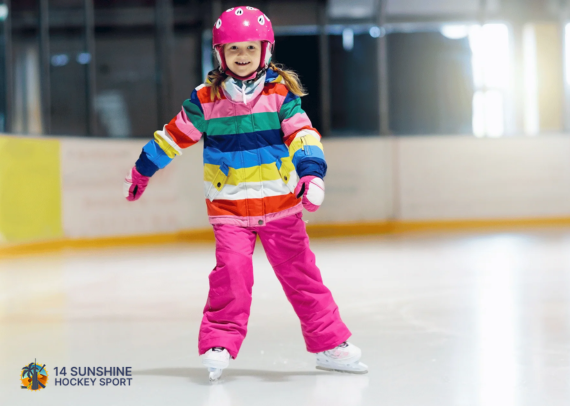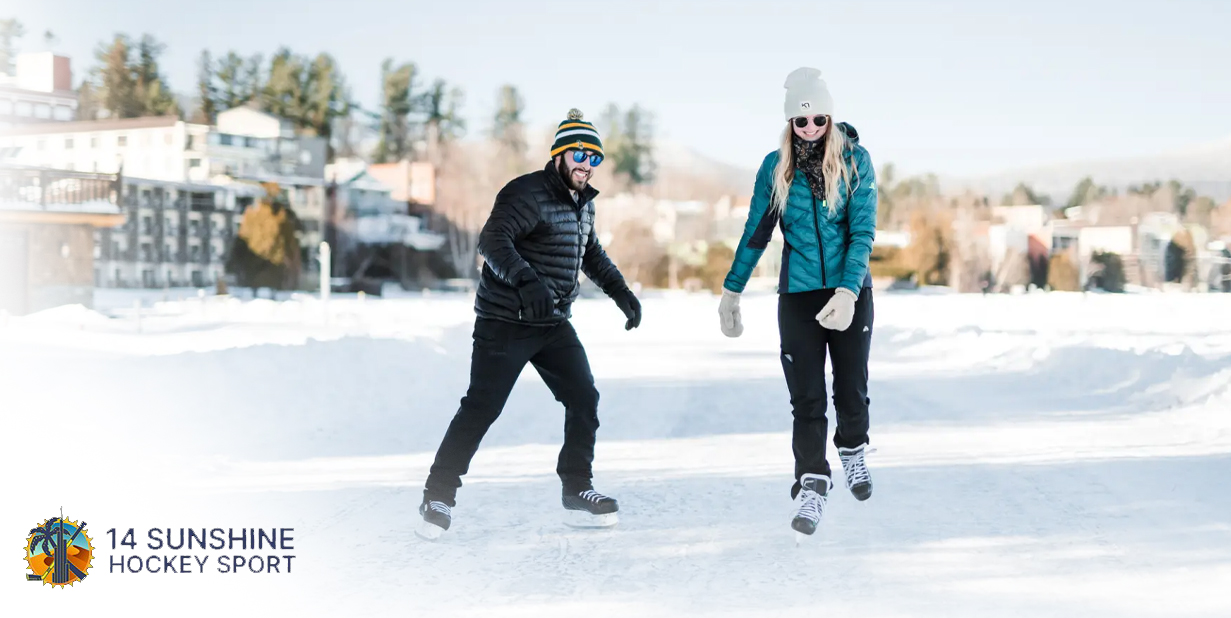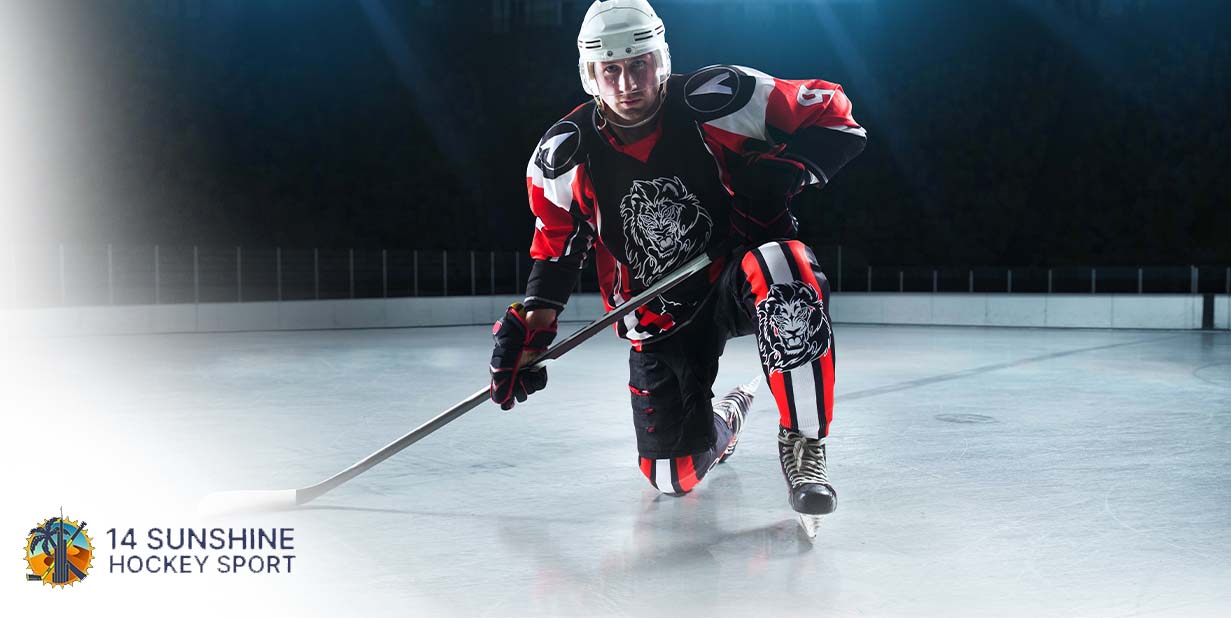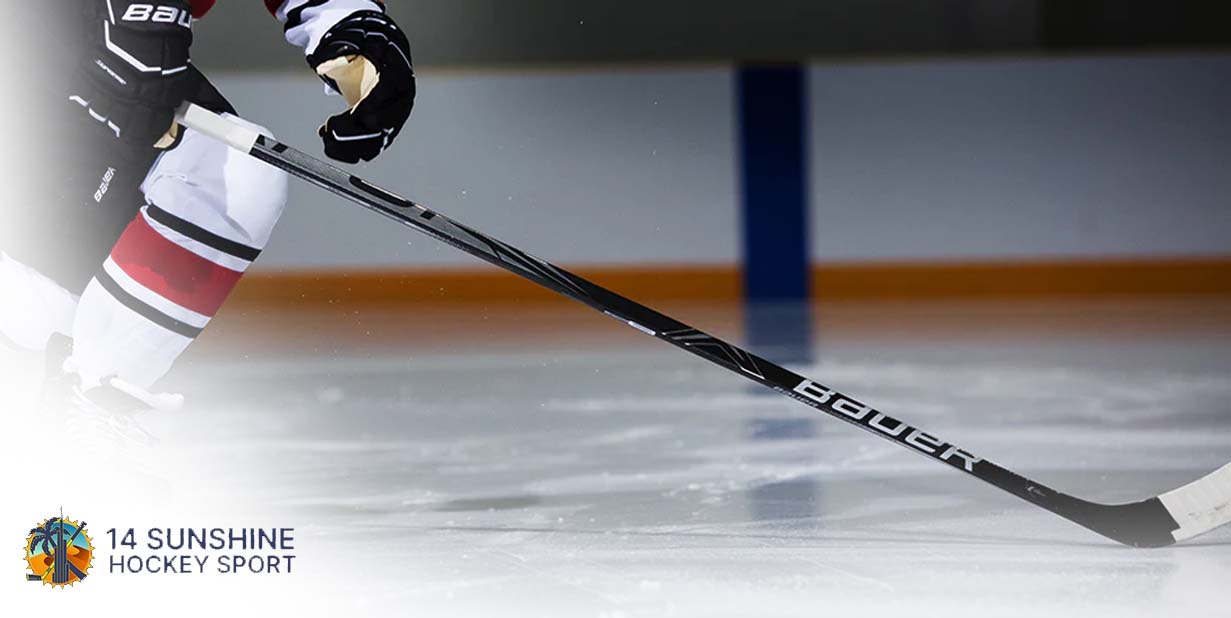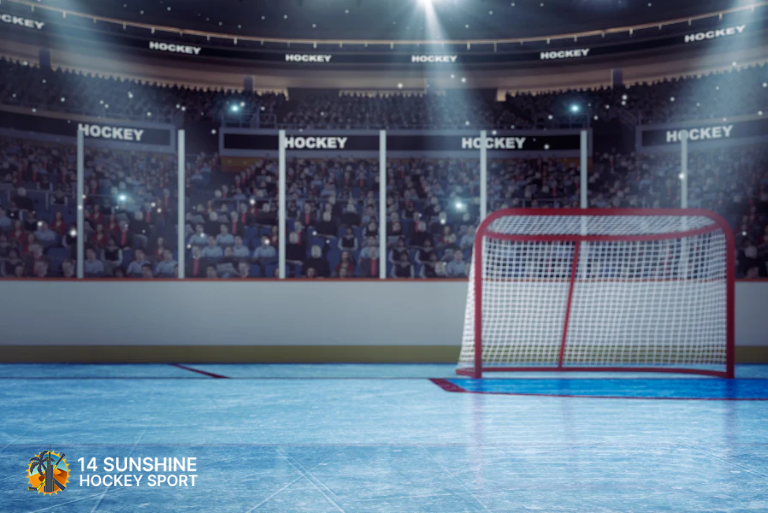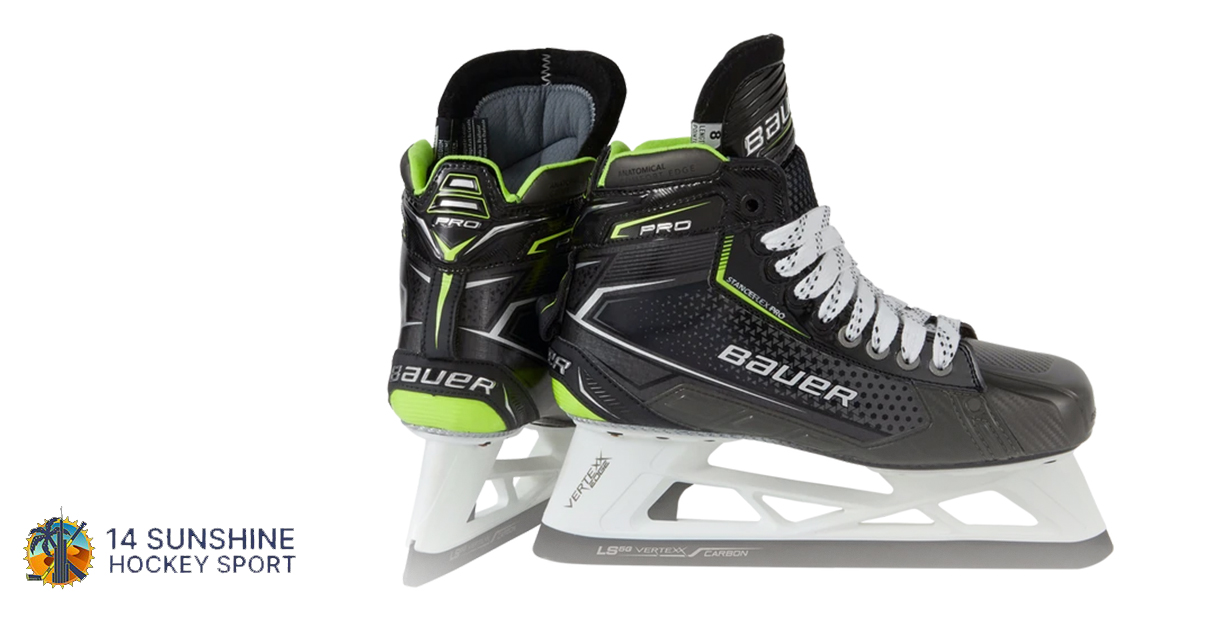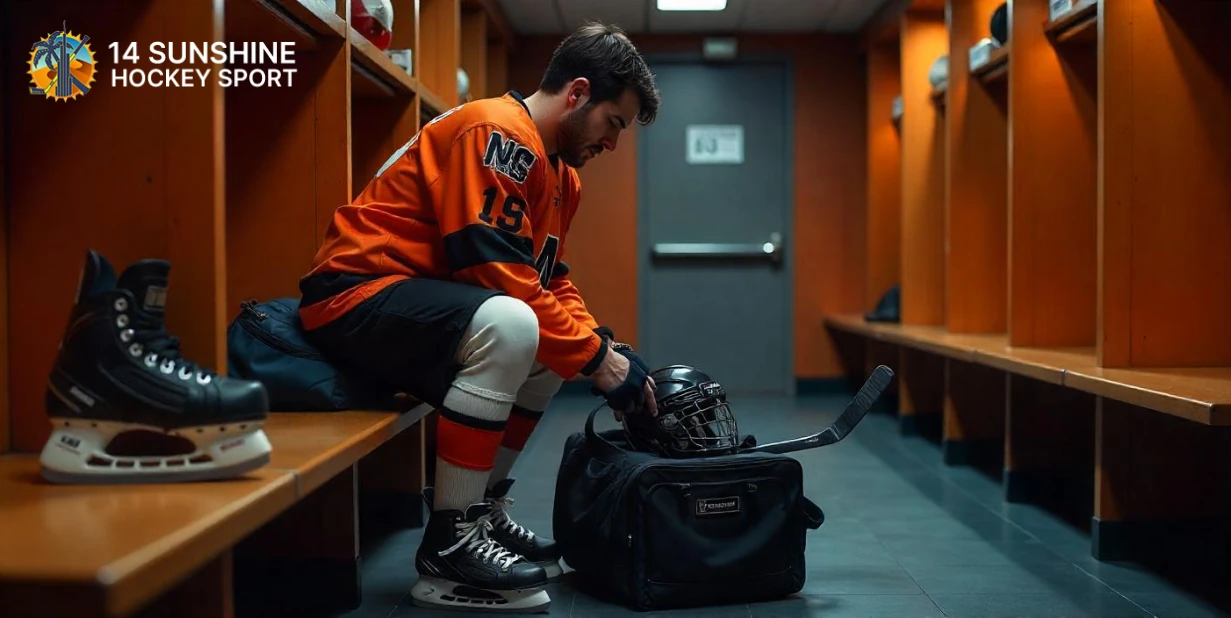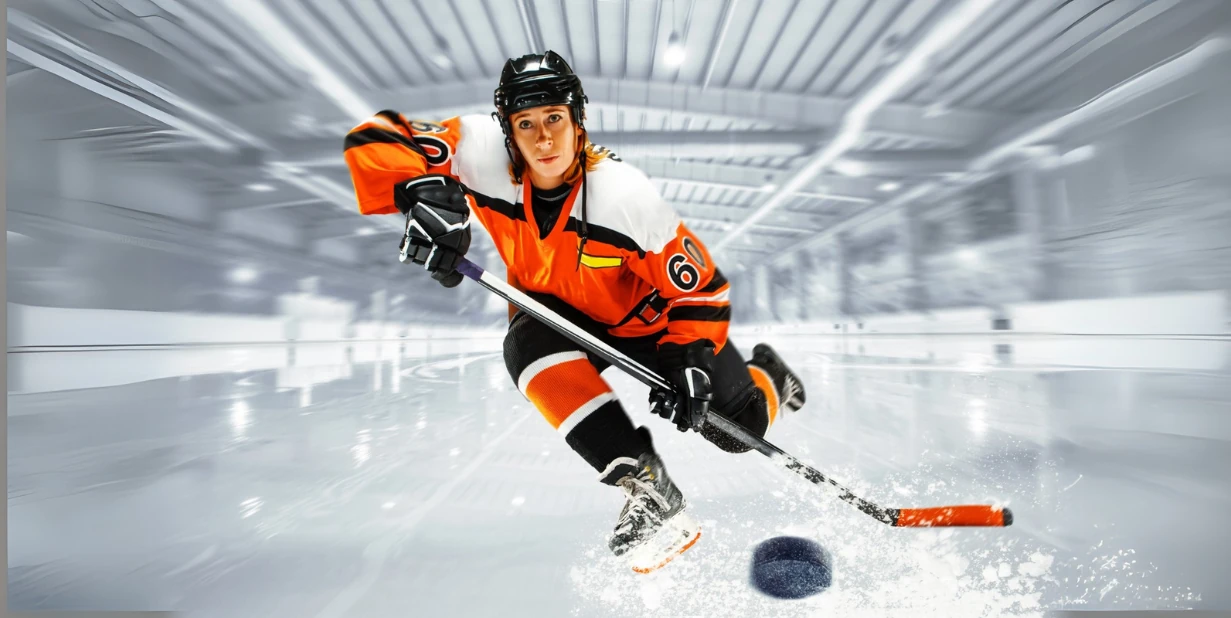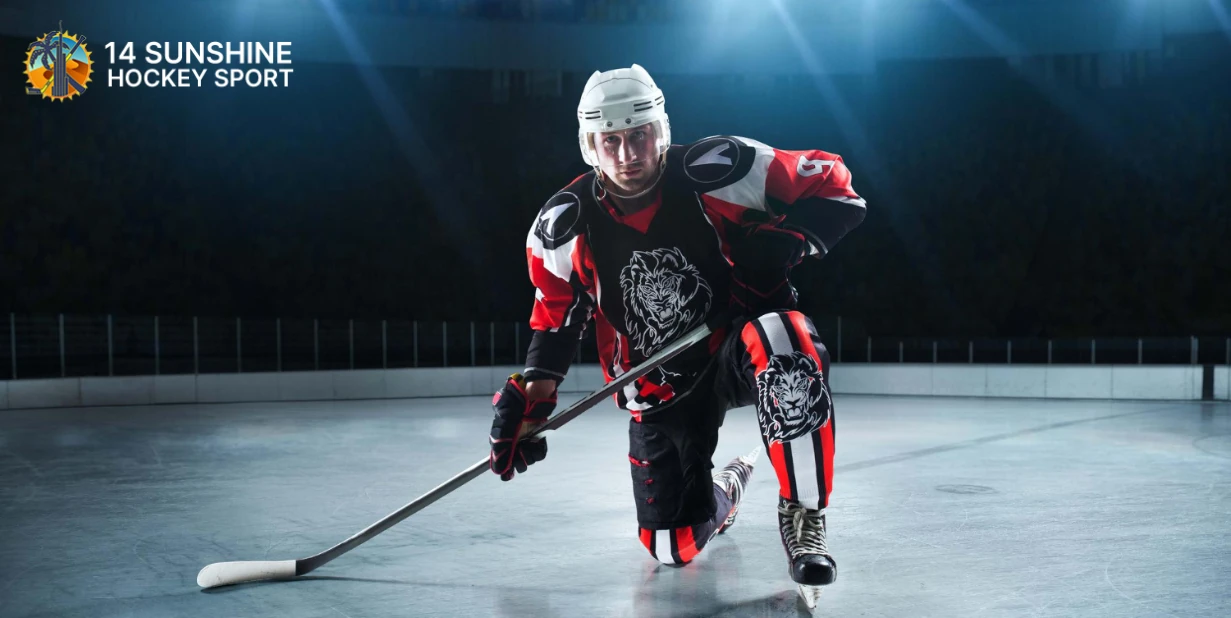How to Skate Like a Pro with Ice Hockey Techniques?
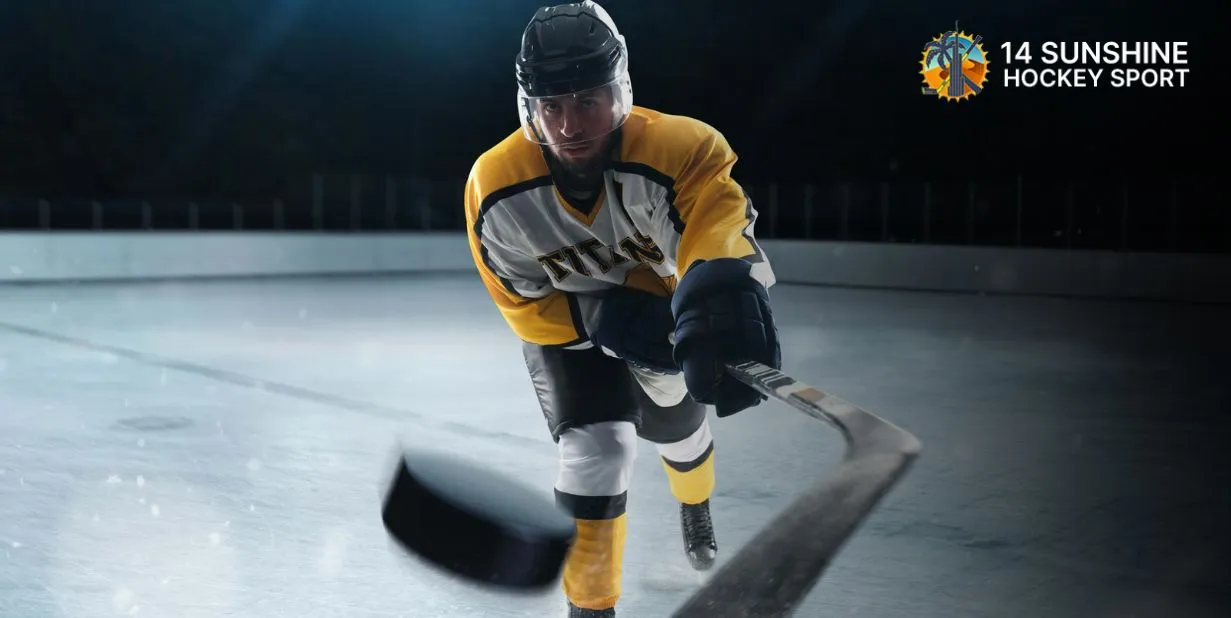
When it comes to mastering the ice, your skating skills are your most important asset. Whether you’re aiming to be a fierce forward or a skilled goalie, ice hockey skating is the foundation of your game. In this guide, we’ll delve into essential ice hockey skating techniques, how to choose the right ice hockey skates, and even how to bake ice hockey skates at home for a customized fit.
1. Choosing the Right Ice Hockey Skates
Before diving into skating techniques, selecting the right pair of ice hockey skates is key. Unlike traditional ice skates, hockey skates are designed for speed, agility, and support during sharp turns and sudden stops. Here’s a quick rundown of what to look for when buying ice hockey skates:
- Fit and Comfort: Proper Ice Hockey Skate sizing is crucial. Skates that are too tight can cause discomfort, while loose skates hinder performance. Your toes should lightly touch the tip of the skate, with no extra space for wiggle. Consider visiting a professional store to ensure a perfect fit.
- Skates for Different Positions: For goalies, ice hockey goalie skates are specially designed with a flatter blade and more protection around the toe area. This allows for better stability while defending the goal.
- Breaking In Skates: Brand new skates can be stiff. Baking ice hockey skates at home is a popular technique to break them in faster. By gently heating the skates, you can mold them to the shape of your feet, providing a snug and personalized fit.
2. Mastering Basic Skating Techniques
Once you have the right gear, it’s time to hit the ice! Here are some fundamental skating techniques that will help you move like a pro:
Forward Skating
The basic stance in ice hockey is slightly bent knees, shoulders back, and your weight centered over the balls of your feet. Forward skating is all about creating smooth, efficient strides that generate speed.
- The Push and Glide: With your knees bent and shoulders square, push off one foot while gliding on the other. Keep your strides long, and your skates should cut into the ice at a 45-degree angle for optimal propulsion.
- Crossover Steps: Crossovers are vital for maintaining speed during turns. To perform a crossover, step one skate over the other while maintaining balance and forward momentum. This move is crucial when making sharp turns on the ice.
Backward Skating
Defensemen, take note! Backward skating is just as important as forward movement in hockey.
- The C-Cut: This basic movement gets its name from the “C” shape your skates create on the ice. Start by pushing off the inside edge of one skate while gliding backward on the other. Alternate legs in a smooth rhythm.
- Backward Crossovers: Similar to forward crossovers, backward crossovers allow you to change direction quickly while maintaining speed.
3. Advanced Skating Techniques
Once you’re comfortable with the basics, it’s time to step up your game with advanced moves that separate the amateurs from the pros.
Hockey Stops
Hockey stops are essential for halting quickly during gameplay. The key to a proper hockey stop is balance and control. Here’s how to execute it:
- How to Stop: Start skating forward, then turn your hips and shoulders to face the boards while dragging both blades sideways into the ice. The inside edges of both skates should dig into the ice to slow you down. Keep your knees bent to absorb the momentum.
Edge Control
Good edge control allows you to glide efficiently and make sharp turns. There are two edges on each skate: the inside and the outside edge. Mastering the art of switching edges as you glide helps you conserve energy while maneuvering smoothly around the rink.
Quick Starts and Stops
In ice hockey, the ability to explode off the starting line and stop on a dime is critical. Quick starts are about powerful strides and engaging your core muscles to push off the ice forcefully. Practice short sprints to build this skill.
4. Understanding the Difference Between Hockey Skates and Ice Skates
While both hockey skates and traditional ice skates are designed for gliding on ice, their purposes and features differ significantly.
- Blade Design: Hockey skates have a shorter, more curved blade, allowing for quicker turns and more agility. Figure skates, on the other hand, have longer blades with toe picks for performing jumps and spins.
- Support and Padding: Hockey skates are padded to protect your feet from puck impacts and other skaters, whereas figure skates offer more ankle flexibility for artistic movements.
Understanding the difference between hockey skates and ice skates is essential for choosing the right gear for your sport.
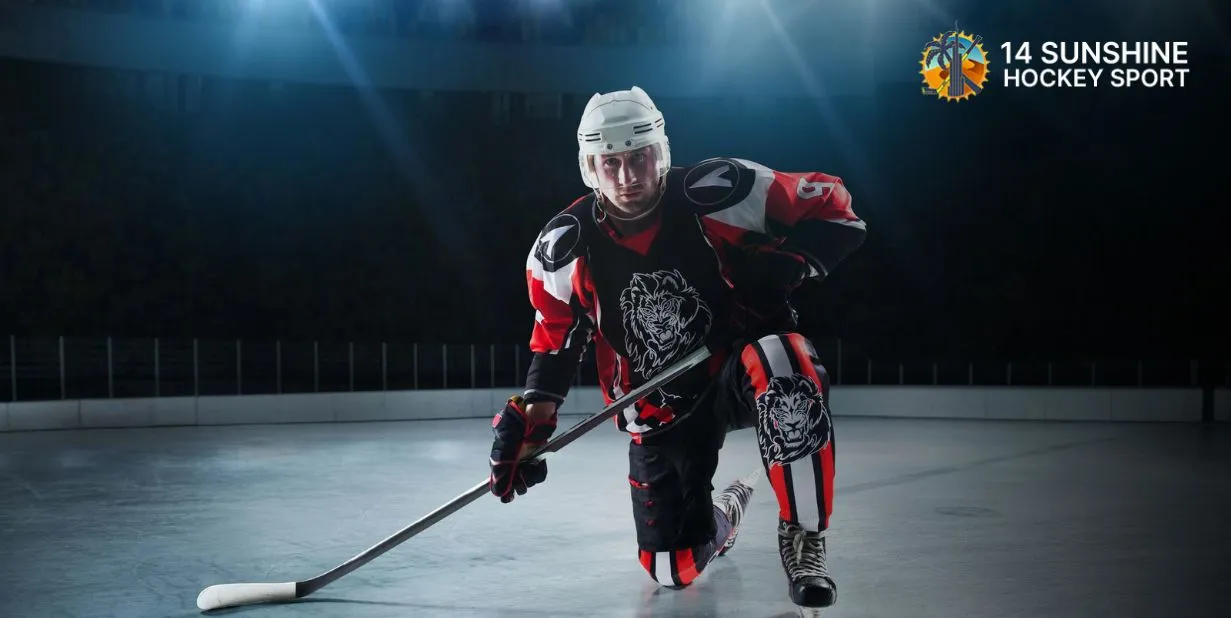
5. Maintaining and Baking Your Skates
Once you’ve invested in a good pair of skates, it’s crucial to maintain them. Proper care will extend their lifespan and keep them performing at a high level.
Sharpening Your Skates
Skate blades need regular sharpening, especially after rough ice time or frequent use. A dull blade affects performance and can be dangerous. It’s recommended to sharpen your skates after every 8-10 hours on the ice.
How to Bake Ice Hockey Skates at Home
Baking your skates softens the materials, allowing them to mold to the shape of your feet. Here’s a simple way to do it at home:
- Preheat your oven to around 175°F (80°C).
- Place your skates (without the laces) on a baking sheet.
- Heat them in the oven for 6-8 minutes, or until the material becomes soft.
- Carefully remove the skates and lace them up while they’re still warm. Wear them for about 15 minutes to let them mold to your feet.
- Let them cool naturally before use.
6. Final Tips: How to Ice Skate Hockey Style
Whether you’re just starting out or looking to refine your skills, here are a few tips to help you ice skate hockey style:
- Stay Low: Keep your knees bent and center of gravity low for better control.
- Power through your Strides: Use strong leg muscles to push off and create powerful strides.
- Stay Balanced: Distribute your weight evenly between your feet, especially during tight turns and stops.
Conclusion
Mastering the art of skating is a crucial part of excelling in ice hockey. By choosing the right Ice Hockey Skates, understanding key skating techniques, and maintaining your equipment, you can take your game to the next level. Whether you’re a beginner or a seasoned player, these tips will help you glide with confidence on the ice and skate like a pro!

